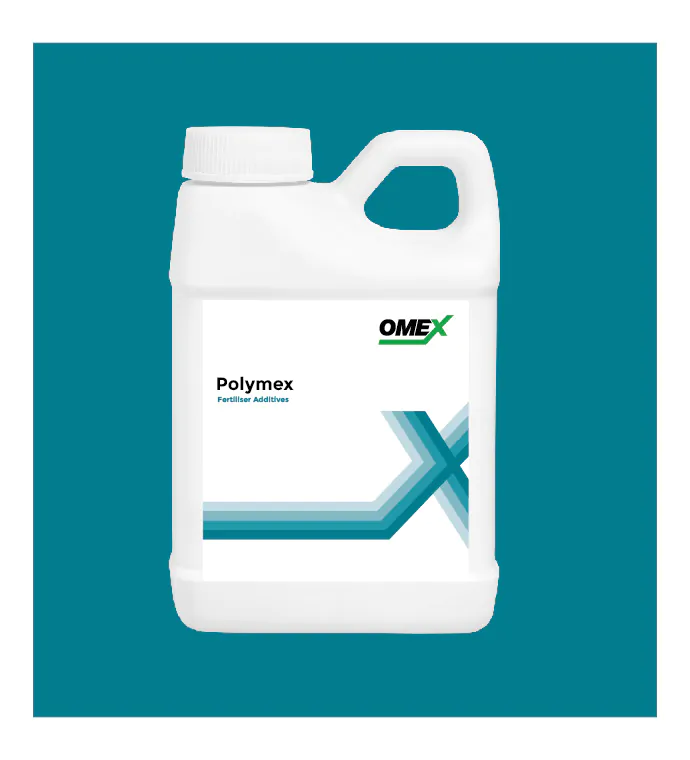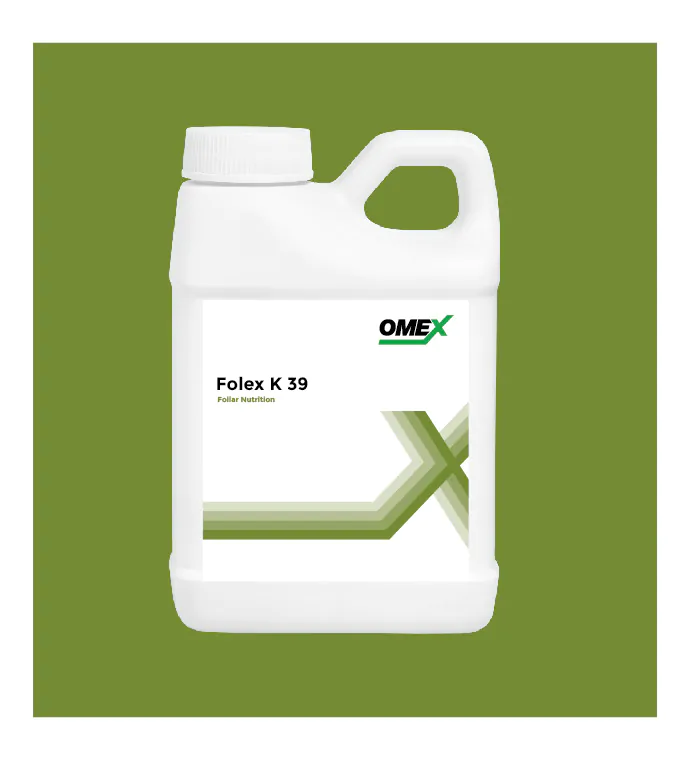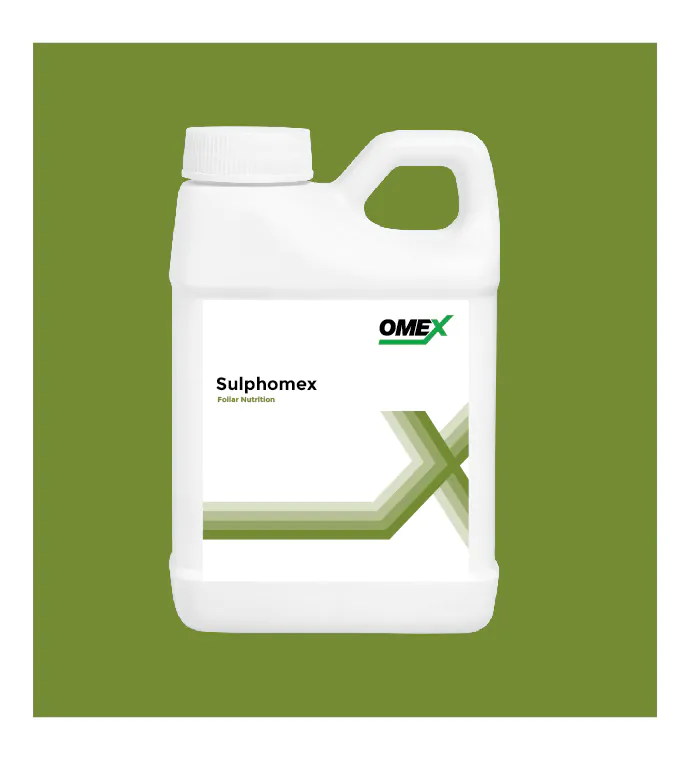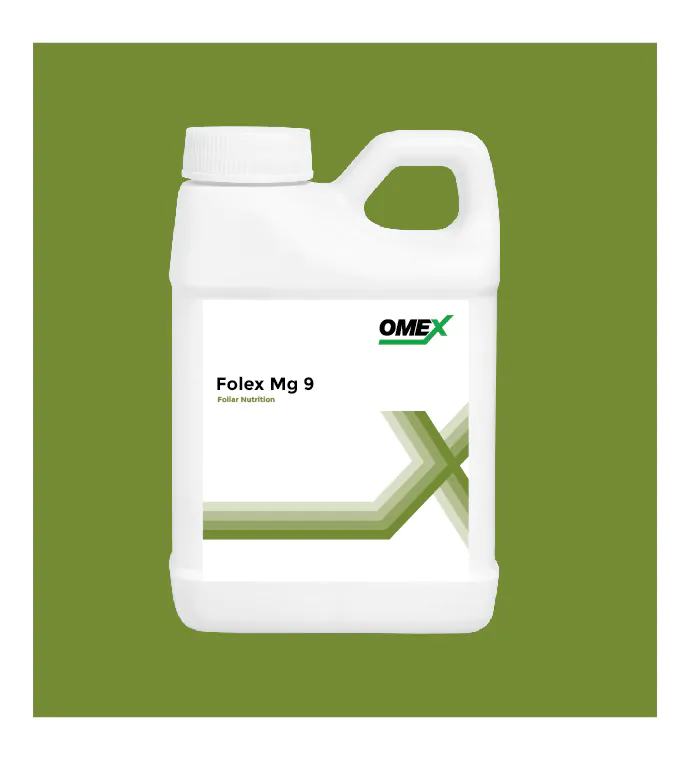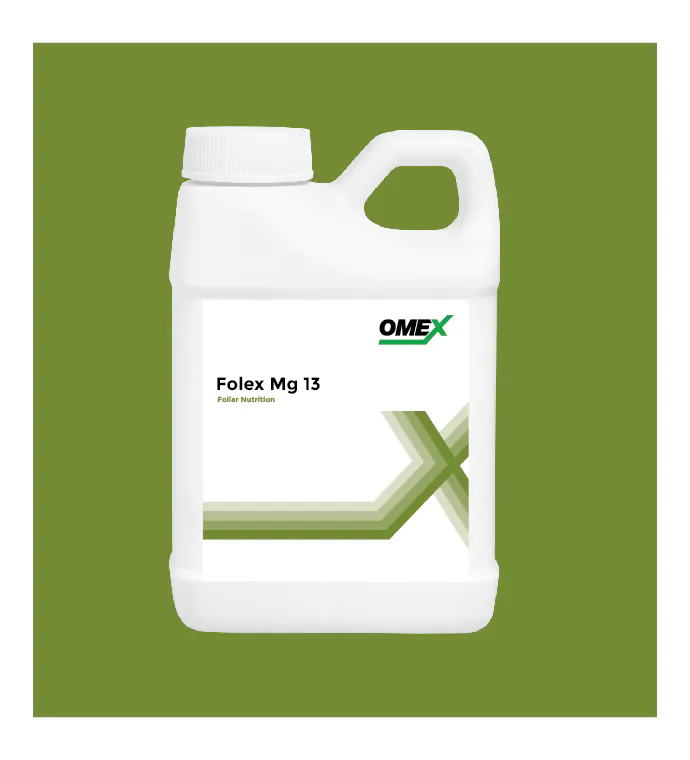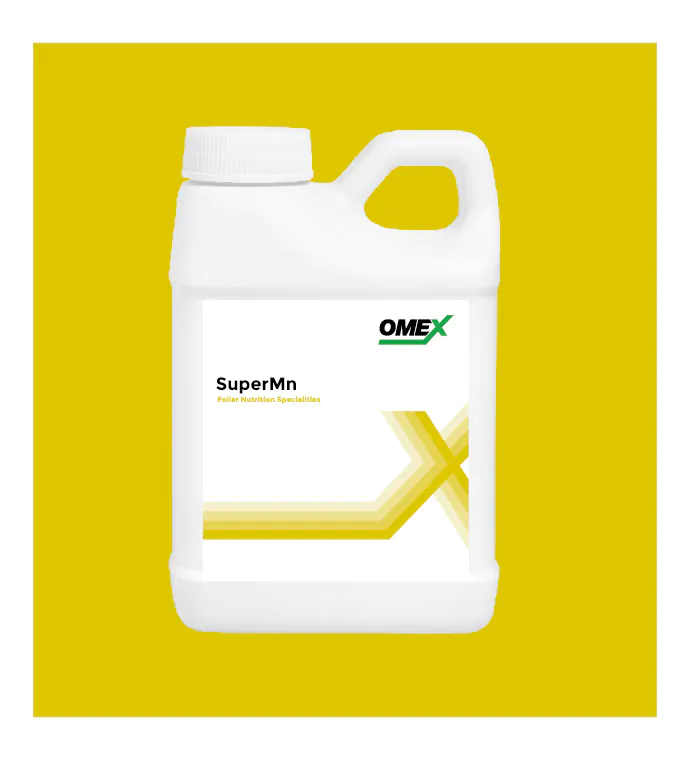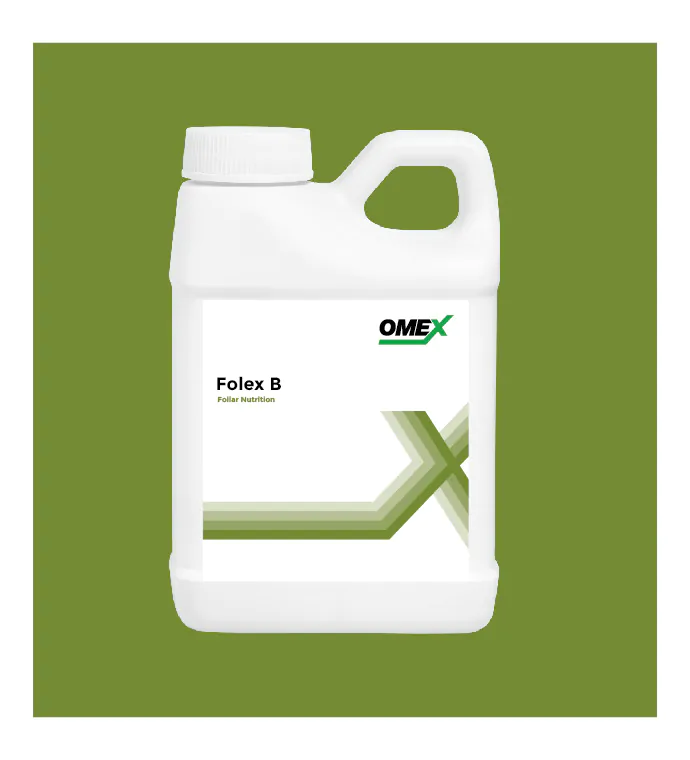Sugar Beet Fertiliser and Crop Nutrition


Sugar Beet Fertiliser and Crop Nutrition
Liquid Fertilisers For Sugar Beet Nutrition
OMEX offer liquid fertiliser for sugar beet and crop nutrition to aid establishment, crop health, sugar content and yield. Sugar beet farmers can also utilise OMEX’s suite of technical support services to ensure their crop produces high quality and meets yield and sustainability demands.
Contact Our TeamWorking Towards Sustainable Sugar Beet Fertiliser
As the sugar industry moves toward producing in a more sustainable manner, we’re committed to helping sugar beet farmers on their journey towards a greener future. OMEX utilise liquid fertiliser and crop nutrition to help British Sugar growers meet the organisations three pillars of sustainability. As part of our Greener Planet Commitment we’re dedicated to forming a sustainable supply chain. Our suite of management tools, R&D department and expert knowledge is improving Nutrient Use Efficiencies and helping to farm smarter.
OMEX has been working with sugar beet farmers across the UK for almost 50 years and has conducted thousands of hours of research, helping to produce more efficiently and successfully.


Soil sampling ahead of drilling gives growers a thorough understanding of the nutritional composition of the soil, and utilising SMN Plus gives growers an understanding of the nitrogen that will be available throughout the crops growing cycle.
More Information About Soil Analysis
Sustainable sugar beet crops should only receive inputs that are absolutely necessary for improving crop health, quality and yield. Utilising SAP analysis furnishes growers with 17 live nutritional levels within the growing crop, annotated with agronomist recommendations to ensure inputs aren’t over or under applied.
More Information About SAP Analysis
Sugar Beet Crop Base Fertiliser
The sugar beet crop requires optimum levels of nutrients to maximise yields, with a particular focus on establishment. Many sugar beet farmers are utilising starter fertilisers in the form of Multiflo to aid establishment and more rapid canopy development.
Root establishment is key for the sugar beet crop, enabling the crop to uptake nutrition throughout its growth cycle and withstand stresses. There are key elements required within sugar beet base fertilisers, as highlighted by the BBRO that OMEX supply within the Nitroflo and Multiflo liquid fertilisers.
If you’re unsure what would be best for you, contact our team who will be able to offer you support and advice. With centuries of combined experience, we have the solutions you need!
Get In Touch
Nitrogen fertiliser in sugar beet is essential for the rapid development of the leaf canopy and therefore photosynthesis during early stages of sugar beet growth. Nitrogen is a major component of both enzymes and proteins that promote sugar beet growth.
Phosphorus fertiliser in sugar beet is essential for a variety of different processes within the crop. It’s associated with the formation and transport of sugar and the transfer of energy during photosynthesis.
Potassium fertiliser in sugar beet allows plant tissues to regulate water, maintaining turgor for plant growth. It also aids the production and transport of sugars. Some of the role of potassium can be replaced by sodium and Saltex Plus is a useful source of sodium, helping support the crop through the summer.
Sulphur fertiliser in sugar beet acts as a key component of enzyme proteins and cell membranes. Sulphur also improves the efficiency of nitrogen applied fertilisers. Sugar beet crops can be deficient in sulphur dependent on their yield and soil type.

NPK fertiliser for sugar beet
The Multiflo range of fully soluble liquid NPKS fertilisers are ideal for sugar beet. The liquid nutrition is instantly available to the sugar beet crop, improving nutrient use efficiency. Sugar Beet growers typically utilise the following grades:
5.5-7.5-10.5+S providing the crop with 40 kg/ha of N, 55 kg/ha of P2O5 and 75kg/ha of K2O plus sulphur. This should be followed by an application of Nitroflo N+S liquid fertiliser, applied at the 4-6 leaf stage
14-14-0+S providing the crop with an equal amount of N and P2O5 with Sulphur and providing a stater fertiliser for the sugar beet crop. This should be followed by an application of Nitroflo N+S liquid fertiliser applied at the 4-6 leaf stage

Benefits Of Multiflo For Sugar Beet
Multiflo liquid NPKS fertilisers offer mulitple benefits to sugar beet growers:
- Greater accuracy of fertiliser to the crop
- Delivery of product when needed
- OMEX tank system supplies sugar beet farmers with dedicated on-farm storage
- 100% soluble, high quality, P source
- Targeted application with crop available liquid fertiliser nutrition for sugar beet
- Sustainable sugar beet fertiliser – application right up to the field margin and not beyond

Starter Fertiliser for Sugar Beet
Establishment is particularly important for sugar beet crops and supplying a fully soluble liquid fertiliser means nutrients can be available for instant uptake and response by the crop. Utilising a starter fertiliser is particularly helpful in increasing efficiency of phosphate uptake and improving establishment rates.
Utilising a Multiflo liquid N+PS fertiliser grade gives sugar beet farmers greater accuracy and evenness of application, whilst improving the availability of the fertiliser to the crop. The instantly available liquid fertiliser nutrition significantly improves early rooting, supporting rapid canopy development of sugar beet, which is crucial to capture sunlight for photosynthesis.
The BBRO refer to the fact that placement of some of the nitrogen requirement has shown that crops can access and utilise nitrogen more efficiently. The trial below assessed utilising a starter fertiliser grade on sugar beet, also addressing the benefits of including Kickstart to subsequently aid canopy growth and final yield.
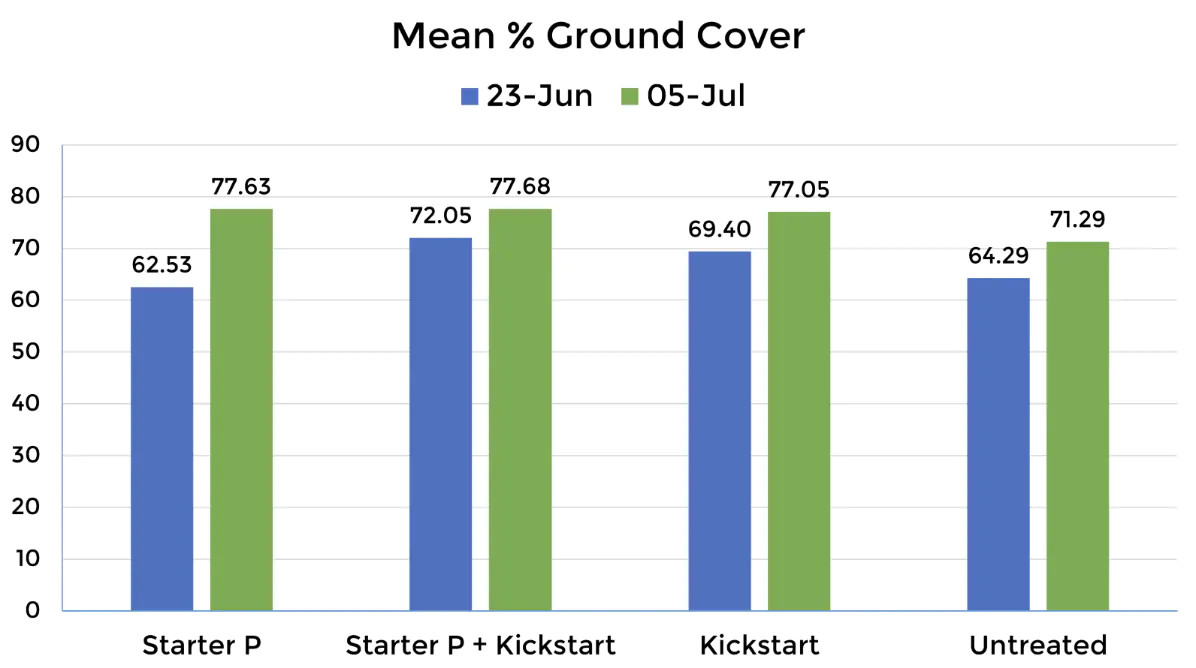
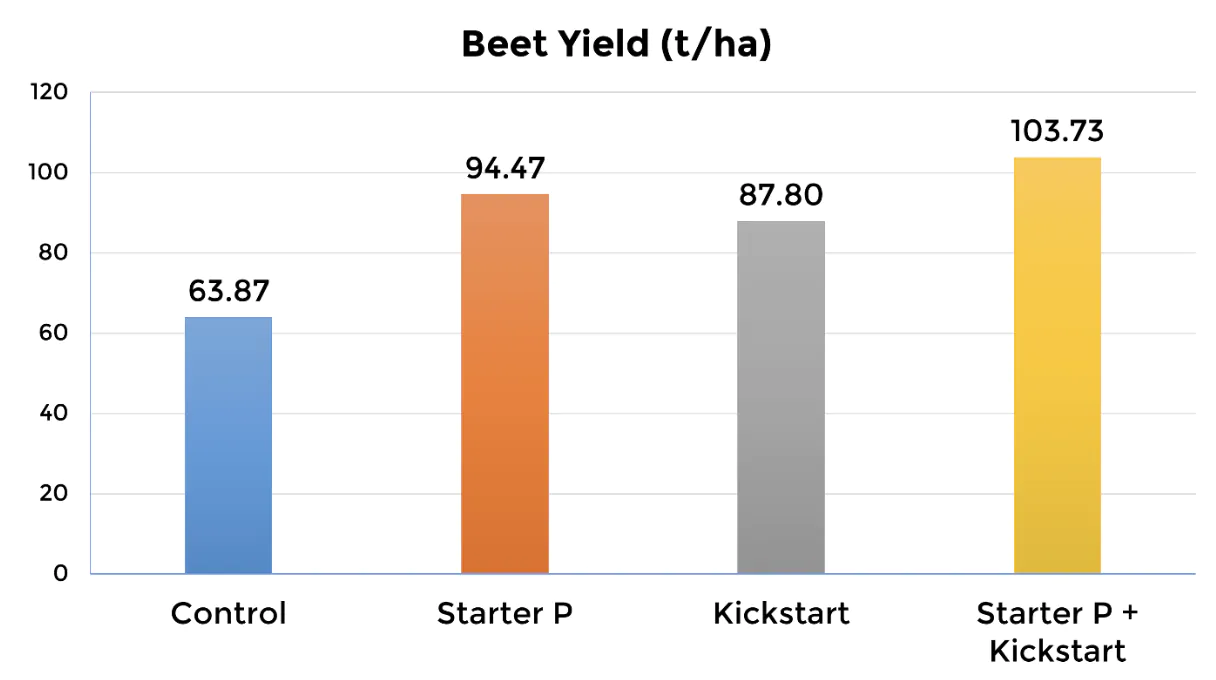
Yield Increase
Multiflo gave a 48% yield increase; however, including Kickstart gave additional yield benefits to the sugar beet crop. The additive yield effect from the combination treatment was: +62% over control, +10% over Starter P alone and +18% over Kickstart alone.
Read Our Blog To Find Out More

P availability in sugar beet soils
Phosphate fertiliser can quickly become locked up in soils, particularly in soils with high pH, high levels of calcium or magnesium or high levels of organic matter. As phosphate is a key element in growing sugar beet, particularly during establishment, responsible for aiding root and canopy development it is important to ensure the phosphate applied remains readily available to the crop.
The phosphate within Multiflo is 100% soluble, meaning once applied the crop is instantly able to uptake it. However over time P can become locked up within the soil, so protecting the nutrient you’ve applied is a sensible decision. Polymex can be applied with your liquid fertiliser P application. Polymex works to:
- Prolong phosphate availability
- Make phosphate work better
- Increase phosphate utilisation efficiency
This leads to:
- Faster earlier crop development
- Improved establishment
- Higher yields
Discover how Polymex works in action, improving the fertiliser efficiency in your sugar beet crop!
Polymex


Nitrogen Liquid Fertiliser for Sugar Beet
Liquid nitrogen can be applied to the sugar beet crop during top dressing in the form of Nitroflo liquid nitrogen plus sulphur liquid fertilisers. Liquid fertiliser is instantly available to the crop providing multiple benefits such as:
- Up to 20% more accurate application
- Increased tramline widths
- Single person operation
- No heavy bags, no recycling & no wasteage
- Dedicated tank storage
- Simple application for improved yield
A nitrification inhibitor can be included in your Nitroflo liquid nitrogen plus sulphur fertiliser application. DIDIN, OMEX’s nitrification inhibitor, works to:
- Prevent rapid conversion of fertiliser and organic N to nitrate by soil bacteria
- Reduce leaching losses in wet weather/under irrigation
- Steadily release N allowing even growth

Improving the Carbon Footprint of Your Sugar Beet Fertiliser Application
By providing nutrients like nitrogen, phosphorus and potassium in the right amounts, in the right forms and at the right times we can help promote healthy plant growth, improving yields, so reducing the carbon footprint per tonne of sugar beet grown.
Addition of DIDIN can reduce the nutrient losses from the soil and emissions of potent greenhouse gasses from the soil, reducing the footprint of growing the crop. Providing the right form of nitrogen to the crop can reduce the reliance on organic nitrogen from the soil, ensuring organic matter levels are maintained.
By adopting the liquid fertiliser approach, farmers can grow sugar beet more sustainably, balancing the needs of crop production with environmental stewardship and long-term sustainability.

Kickstart for Sugar Beet Crops
OMEX have undertaken numerous trials looking at the benefits of Kickstart. Kickstart is a phosphite containing nitrogen and potassium.
It’s proven to improve establishment and increases rooting on sugar beet. This 2017 trial displayed the following improvements where Kickstart was applied during various sugar beet growth stages.
View Kickstart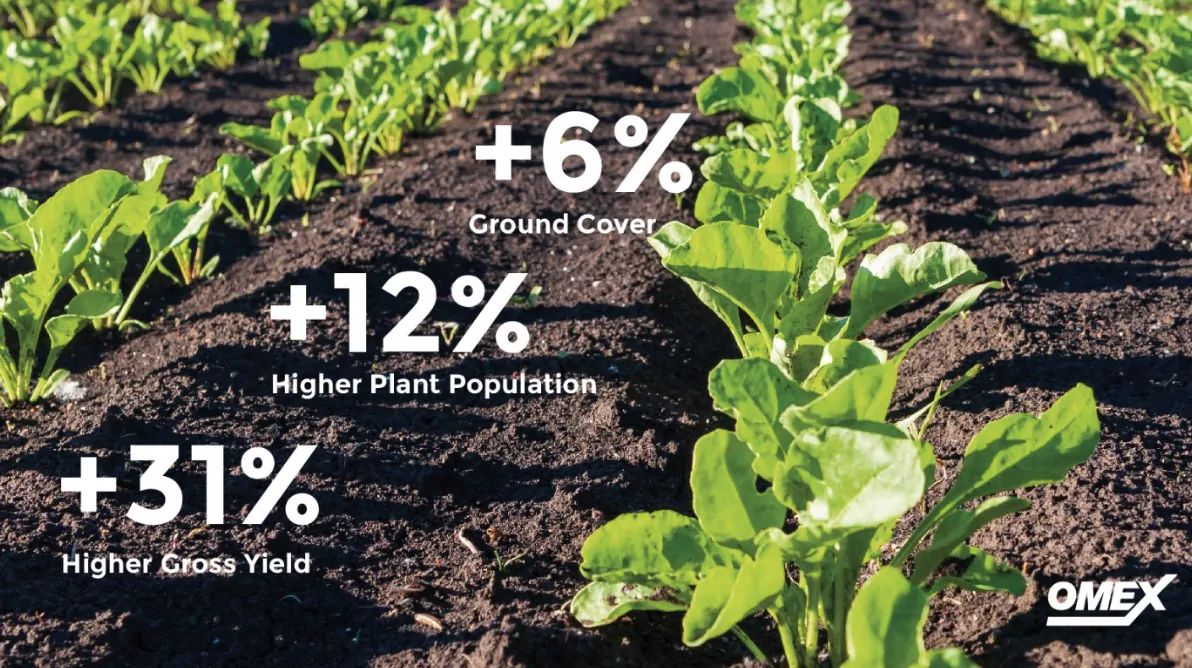
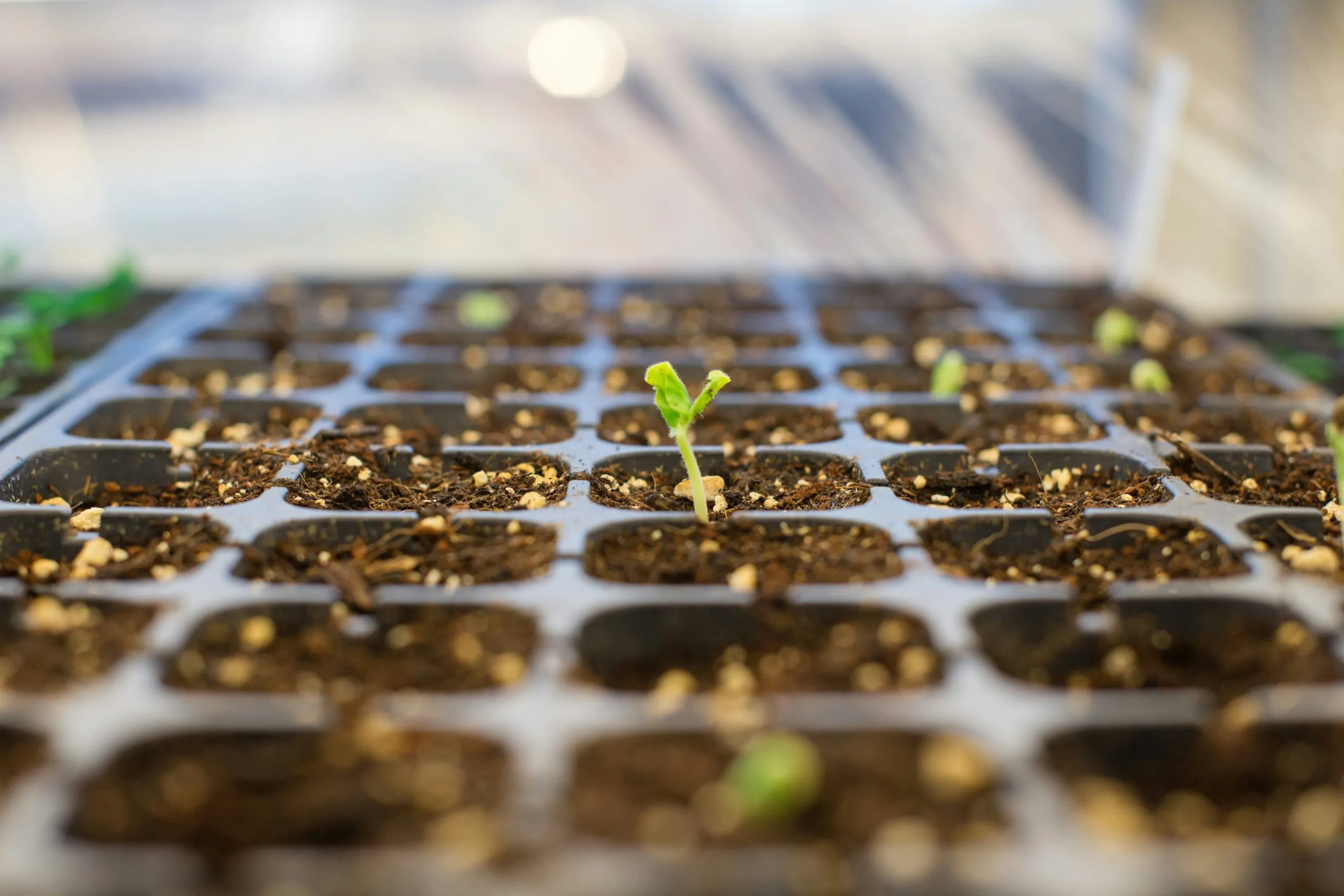
This stage covers the time form breaking seed dormancy to the production of initial roots and shoots. Using energy and nutrition from the seed, the embryonic plant begins to develop the systems required to sustain active growth.
Utilise Folex B at this very early stage.

During this stage, the plant becomes photo-synthetically active and moves from reliance on seed nutrition to feeding from the soil. As leaf area develops, the plant begins to manufacture sugars which fuel the formation of active roots and promotes nutrient uptake.
By the time the plant has developed two true leaves, the tap root may be 40 to 50 cm deep. If the emerging leaves or developing roots come under early stress, the plant will always struggle to develop large roots and fail to reach its full potential later on. Utilise Folex B.

This marks the beginning of a rapid phase of vegetative growth, during which the plant increases leaf area and nutritional demand. Nutritional stress during this stage will reduce the ability of the plant to manufacture sugars and develop root.
In order to fill the root with carbohydrate later on, the canopy must be capable of intercepting sufficient sunlight. Green leaf area is critical and plant uptake of Nitrogen, Sulphur, Magnesium and Potassium are important for this.
Maintaining activity within the root zone to promote nutrient uptake and reduce moisture stress is essential. Proactive foliar feeds containing Phosphorous and Zinc can be very effective in reducing the nutritional limits to genetic potential.
Useful foliar fertilisers during this stage include: Bio 20, Kelpak, Folex B, Magnesium Plus and SuperMn.

This stage marks the end of the most rapid period of growth and the plant moves to filling the harvested root. The plant begins to focus nutrition and energy on the accumulation of carbohydrate in the root.
At this stage, plant demand for Potassium, Sodium, Sulphur and Magnesium increase. These four major nutrients are involved in the conversion of sunlight into sugar, and the movement of sugar from leaf to root.
Although Nitrogen is still important, foliar applications of Magnesium and Potassium with Boron can boost sugar formation and root development. Calcium and Boron can also be applied to maintain internal quality.
Continued applications of phosphites are also beneficial. Useful products during this stage include: Folex B, Sulflo and Sulphomex.
Nutrients and Deficiencies in Sugar Beet Crops
Sugar Beet Fertiliser and Crop Nutrition FAQs
-
It’s important to test soils every 3-4 years, so testing before sugar beet is a useful point in a rotation to carry it out, particularly given the crop’s sensitivity to acidity issues. Soil sampling will help you understand the soil indices and help you plan the most suitable ratios of liquid fertiliser to apply, helping you grow sugar beet more sustainably.
-
Yes, liquid fertiliser is suitable for sugar beet and all agricultural crops grown within the UK. It’s liquid formulation makes the nutrition in it readily available to the plant, aiding establishment and crop health.
-
Sugar beet yield can be improved by implementing some basic crop nutrition practices. NFU sugar reports that (link 5) sugar beet yield has increased by 2% a year for the last 30 years and the use of Mutliflo NP starter fertilisers is showing great promise to continue this trend.
-
Yes, Sugar beet will respond to sodium, although many soils contain enough sodium for the crop. Trials have shown that foliar application of salt brine during the late spring and summer can increase sugar content and improve crop vitality. Saltex Plus is a concentrated salt brine plus non-ionic wetter and has been shown to increase sugar by 0.8%.
